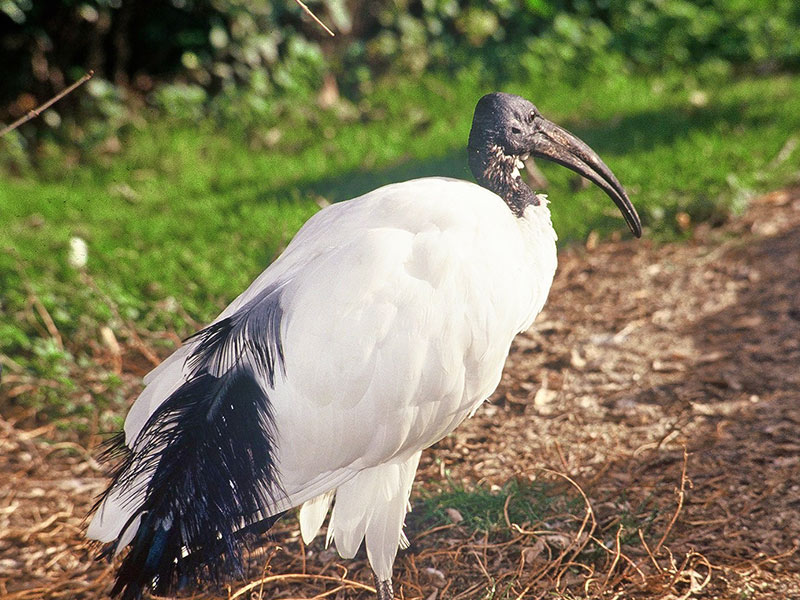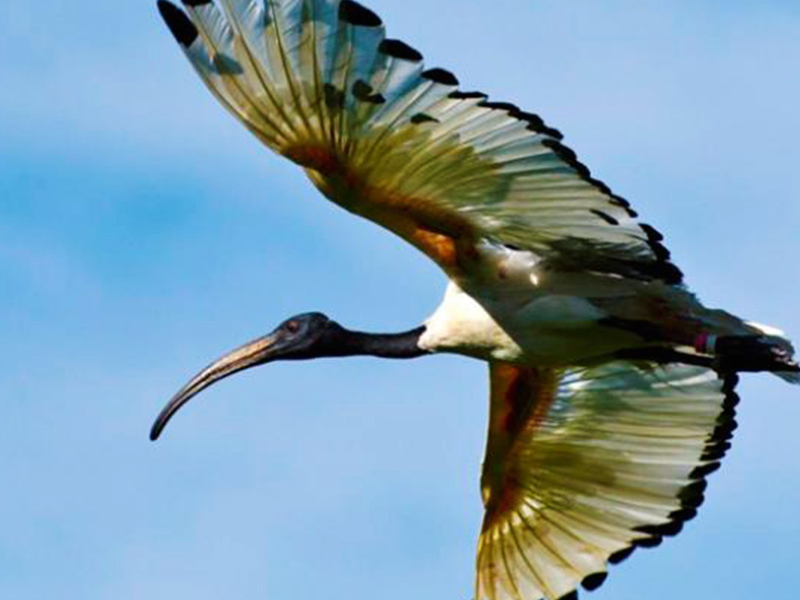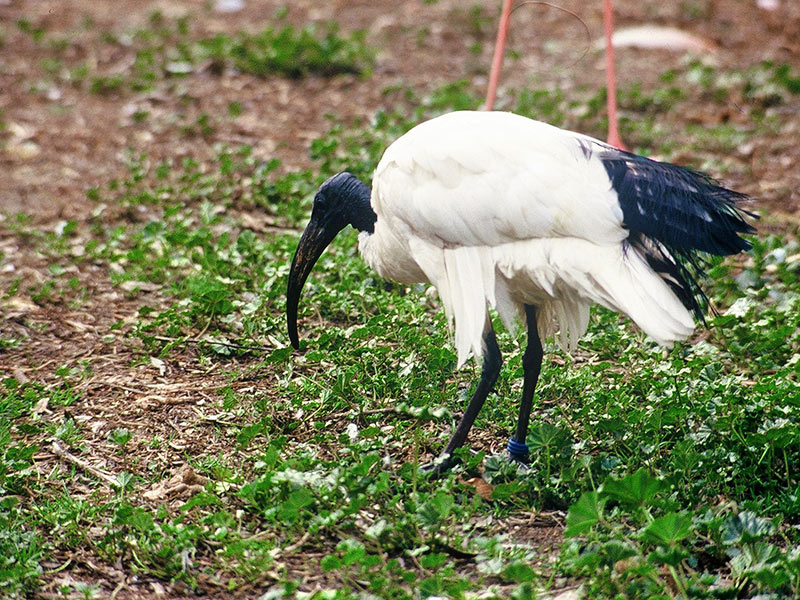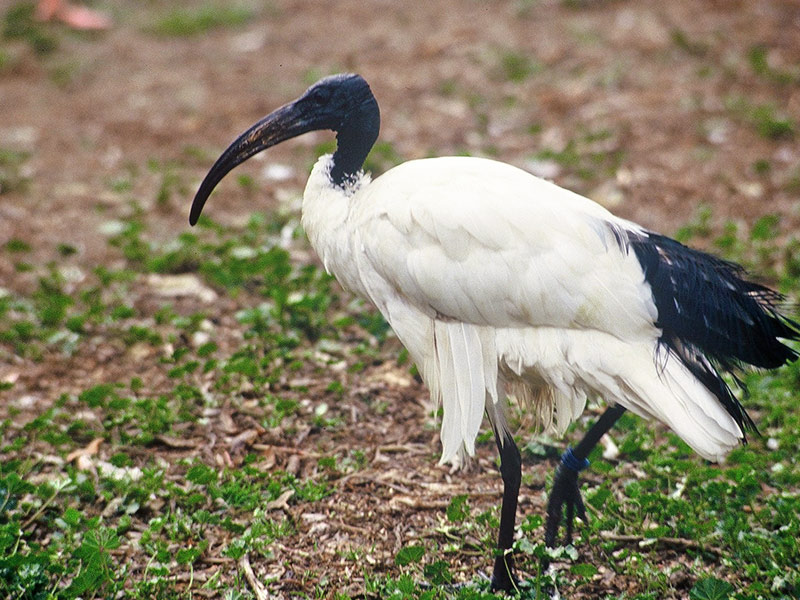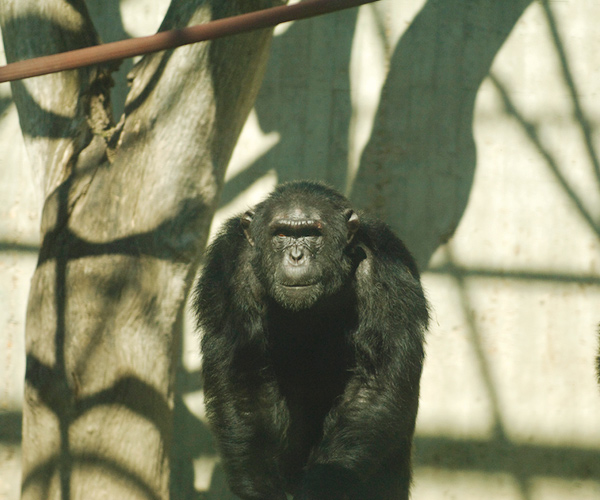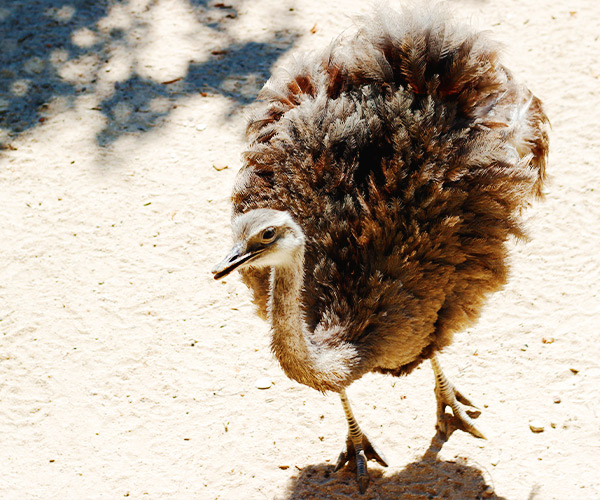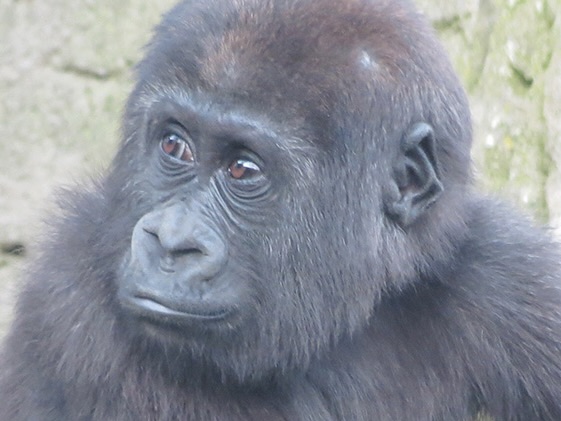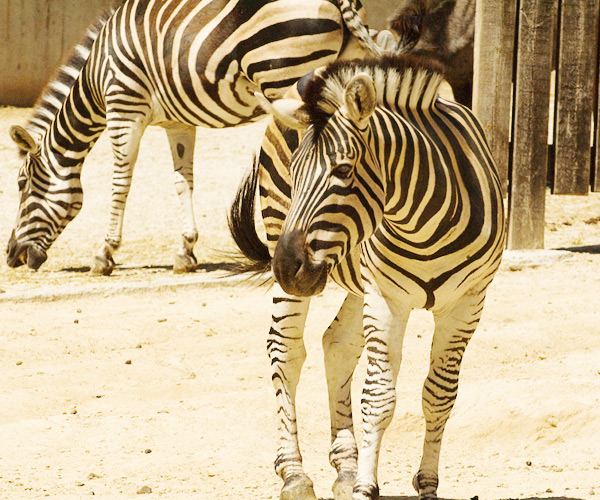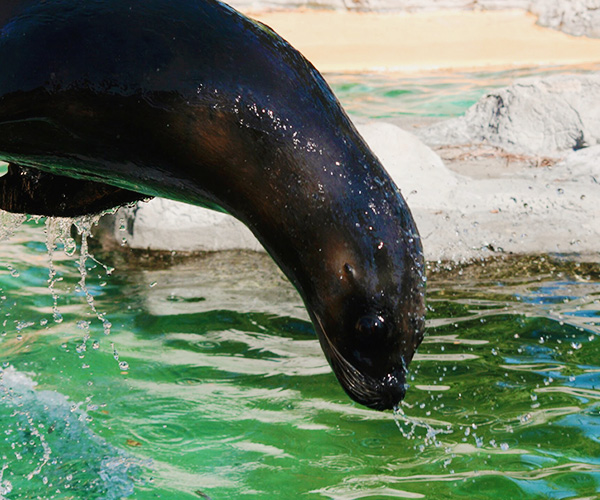The sacred ibis has white plumage on most of its body, except for its head and tail, which is black. It is named after the god Thoth, whom it embodied (hence it was domesticated to remain in temples and parks, where the ancient Egyptians worshipped it). When it died it was mummified and received burial. Today, however, it is a bird that has disappeared from Egypt.
It is found mainly in inland wetlands, salt marshes and grasslands of southern Africa.
The ibis is a carnivorous animal, its diet is very similar to that of storks or marabous. It feeds on insects and worms, as well as crustaceans and small reptiles, which it captures with its long beak.
A diurnal and gregarious bird, it lives on the banks of rivers, lakes and stagnant waters. It can sometimes form very large colonies. It builds nests on trees, where they lay between 2 and 3 eggs. Incubation lasts 28 to 29 days and is carried out by both members of the pair.
